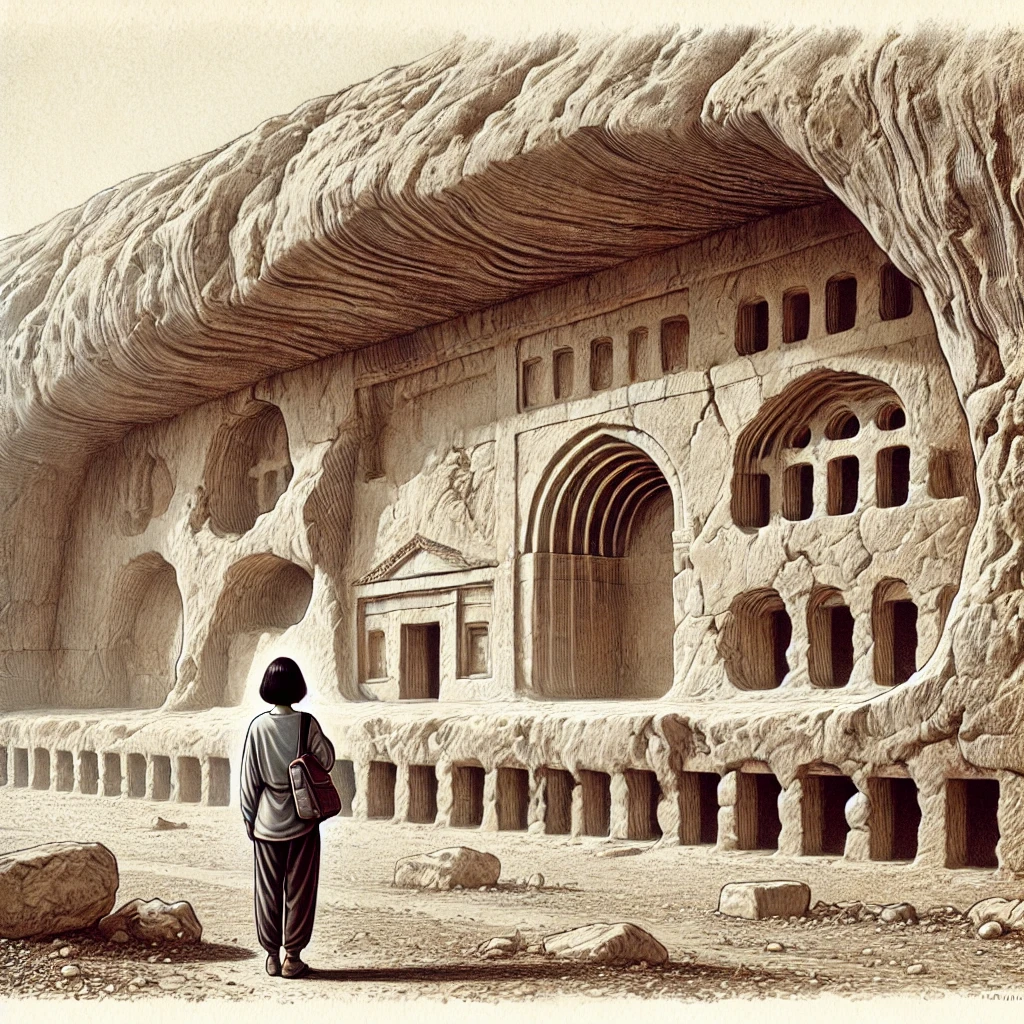ChatGPT:
The Pirin Ruins (Turkish: Pirin Harabeleri) are the remains of the ancient city of Pyrgion, located in the town of Adıyaman in southeastern Turkey. Pyrgion is believed to have been a prominent settlement during the Hellenistic, Roman, and Byzantine periods, offering a fascinating glimpse into the region’s historical layers.
Origin and History
1. Hellenistic Period:
• Pyrgion was originally established during the Hellenistic era, likely as a strategic fortress due to its location near important trade routes and the Euphrates River. The city’s name, meaning “fortified tower” in Greek, reflects its initial military purpose.
2. Roman Period:
• Under Roman rule, Pyrgion expanded into a more developed urban settlement. The Romans fortified the city further and established infrastructure such as roads, water systems, and temples. Evidence of Roman engineering, including stone inscriptions and coins, has been found in the ruins.
3. Byzantine Period:
• The city flourished during the Byzantine period, serving as a regional center for administration and trade. Christianity spread in the region, leading to the construction of churches and monasteries. Several Byzantine-era mosaics and religious artifacts have been uncovered in the ruins.
4. Decline:
• Pyrgion’s prominence waned after the Arab invasions in the 7th and 8th centuries, and the city was gradually abandoned. Over time, natural factors and neglect reduced the city to ruins.
Key Features
• City Walls: Remnants of fortifications and towers indicate the city’s strategic importance.
• Mosaics: Intricate floor mosaics from the Byzantine period depicting geometric patterns and religious symbols.
• Roman Artifacts: Coins, pottery, and inscriptions that highlight the Roman influence.
• Christian Structures: Foundations of early churches and monastic buildings from the Byzantine era.
The Pirin Ruins offer valuable insights into the region’s diverse cultural and historical influences, making it a significant archaeological and historical site in Turkey. Visitors to the ruins can witness the blend of architectural styles and learn about the city’s evolving role through centuries of history.
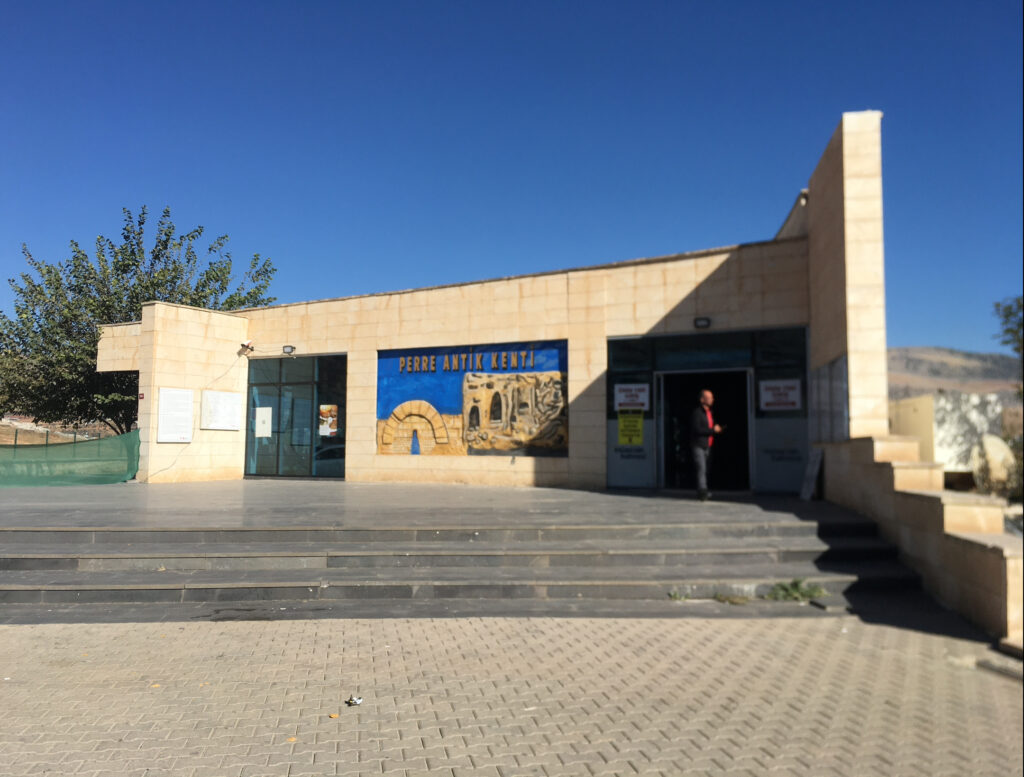
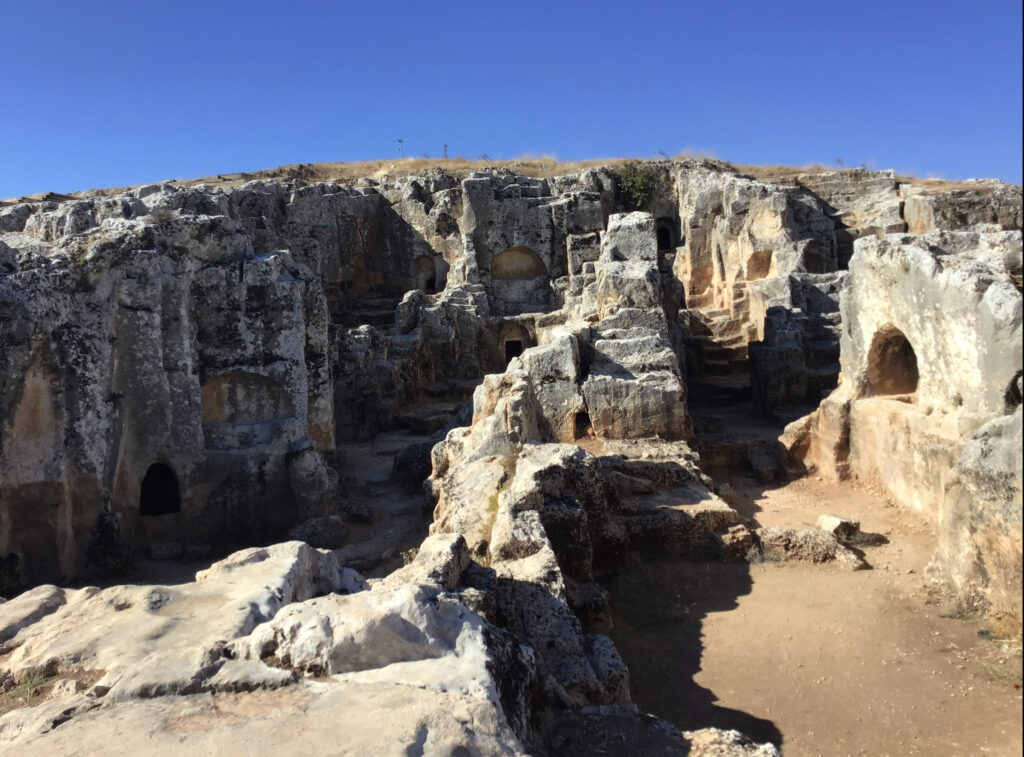
The Pirin Ruins in Turkey have yielded several significant archaeological discoveries that highlight the city’s historical importance during the Hellenistic, Roman, and Byzantine periods. Below are the major findings:
1. Fortifications and City Walls
• Remains of thick stone walls and watchtowers that once protected the ancient city.
• The defensive architecture indicates Pyrgion’s strategic importance in guarding trade routes and the Euphrates region.
2. Byzantine Mosaics
• Intricate floor mosaics with geometric designs and Christian symbols, such as crosses and fish, dating to the Byzantine period.
• These mosaics are often associated with the foundations of early churches and reflect the religious transformation of the city.
3. Religious Structures
• Church foundations from the Byzantine era, including apses and stone columns.
• Remnants of monastic buildings, suggesting the city’s role as a Christian religious center.
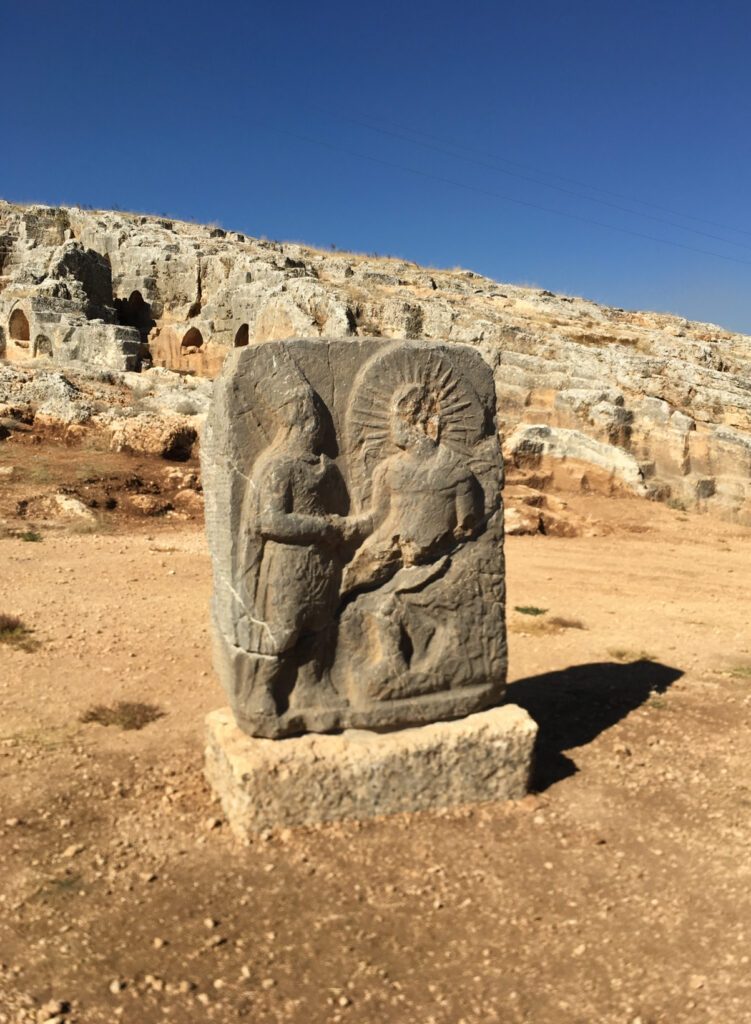
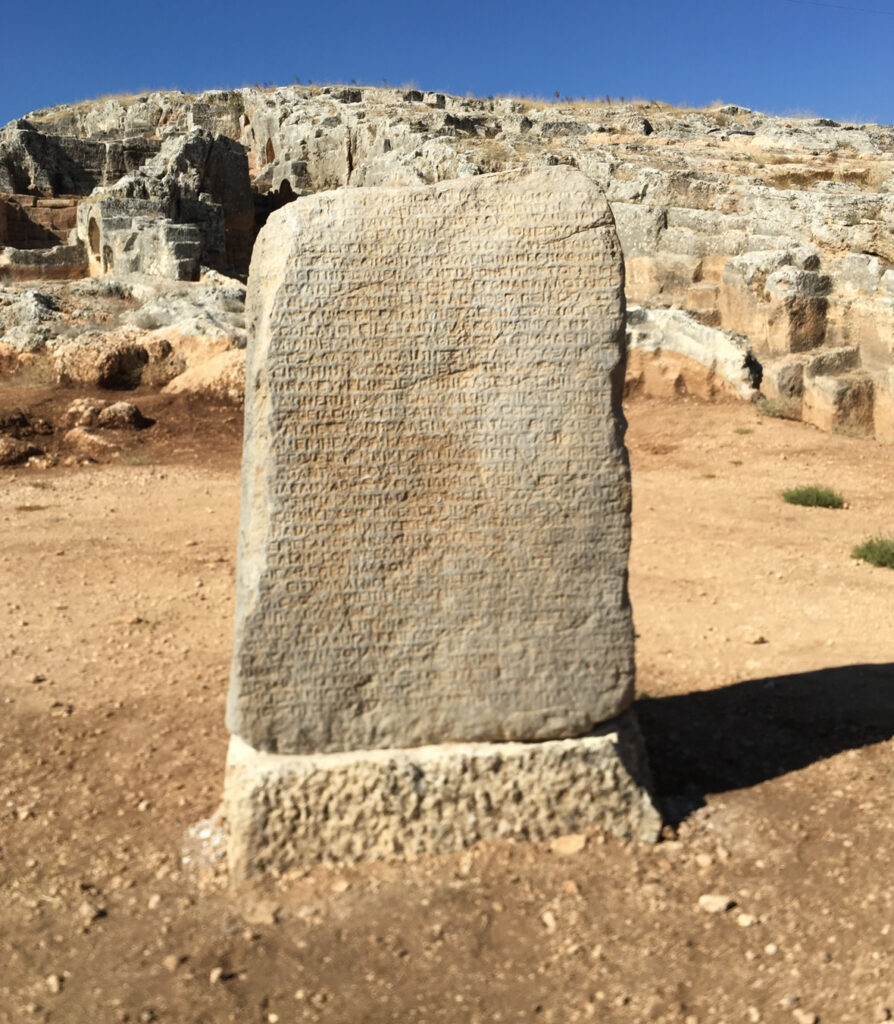
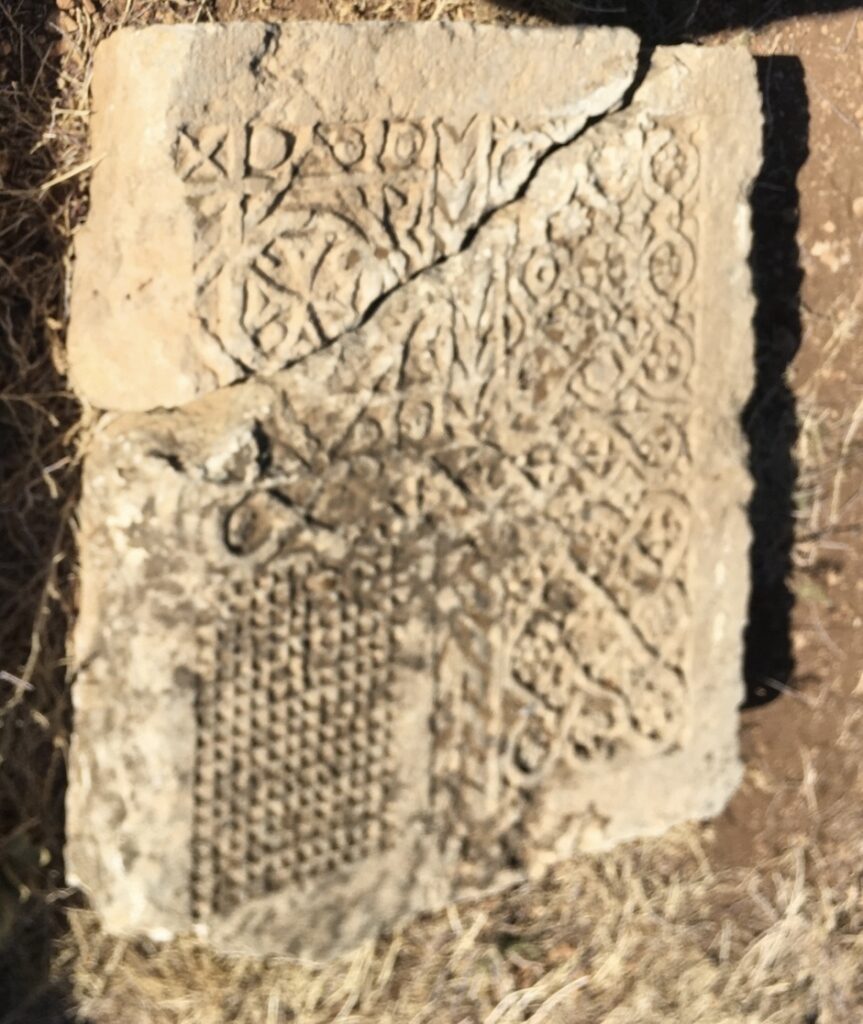
4. Roman Artifacts
• Coins: A variety of Roman coins featuring emperors and deities, indicating the city’s economic activity.
• Pottery and Ceramics: Everyday utensils, storage jars, and decorative pieces showcasing Roman craftsmanship.
• Stone Inscriptions: Latin and Greek inscriptions that provide information on governance, trade, and local life.
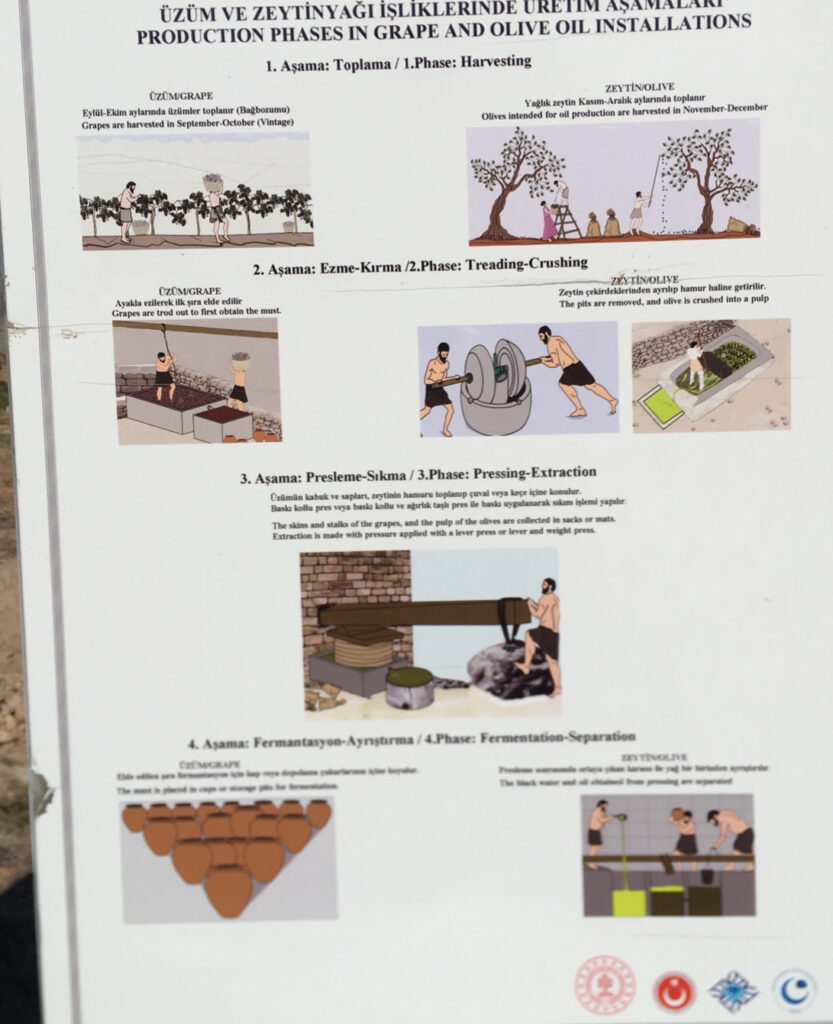
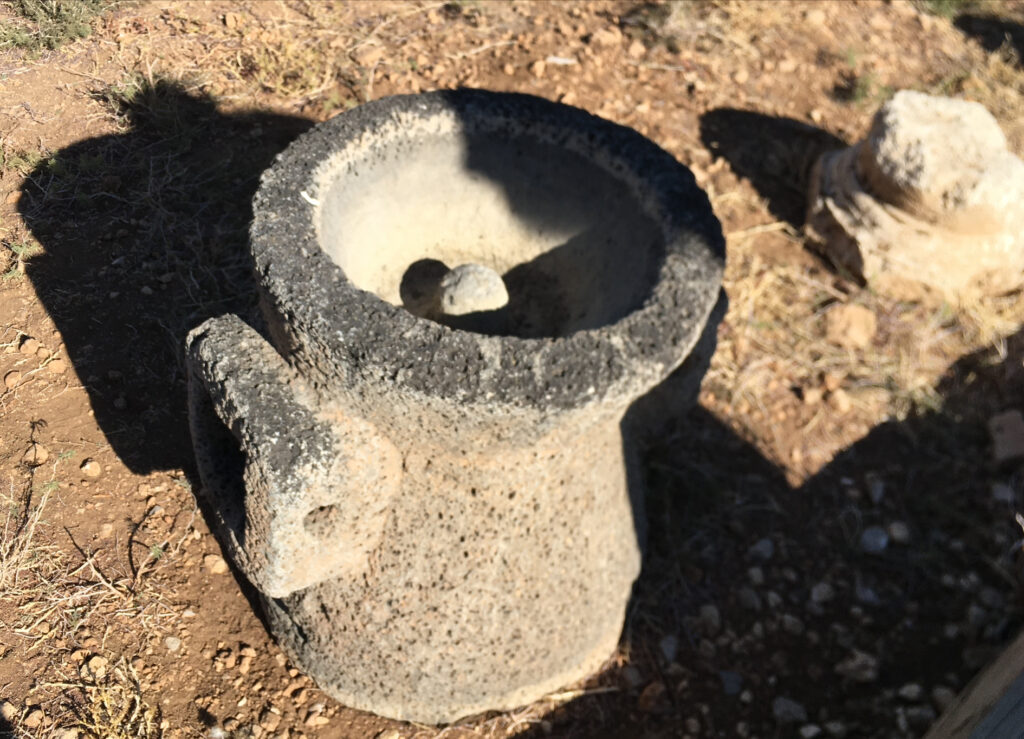
5. Hellenistic Relics
• Tower foundations and architectural fragments from the original Hellenistic fortress.
• Some decorative carvings and artifacts reflecting the city’s Greek origins.
6. Burial Sites
• Several Byzantine-era tombs and sarcophagi, with carved crosses and inscriptions.
• Artifacts such as jewelry, glassware, and small votive items discovered in burial contexts.
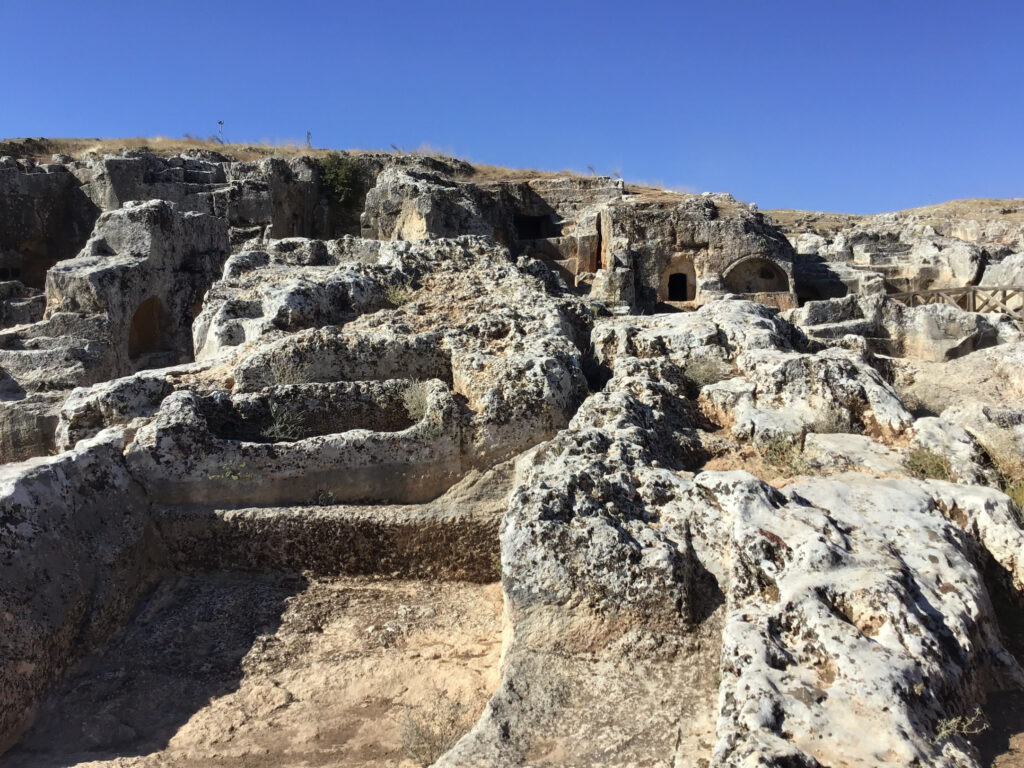
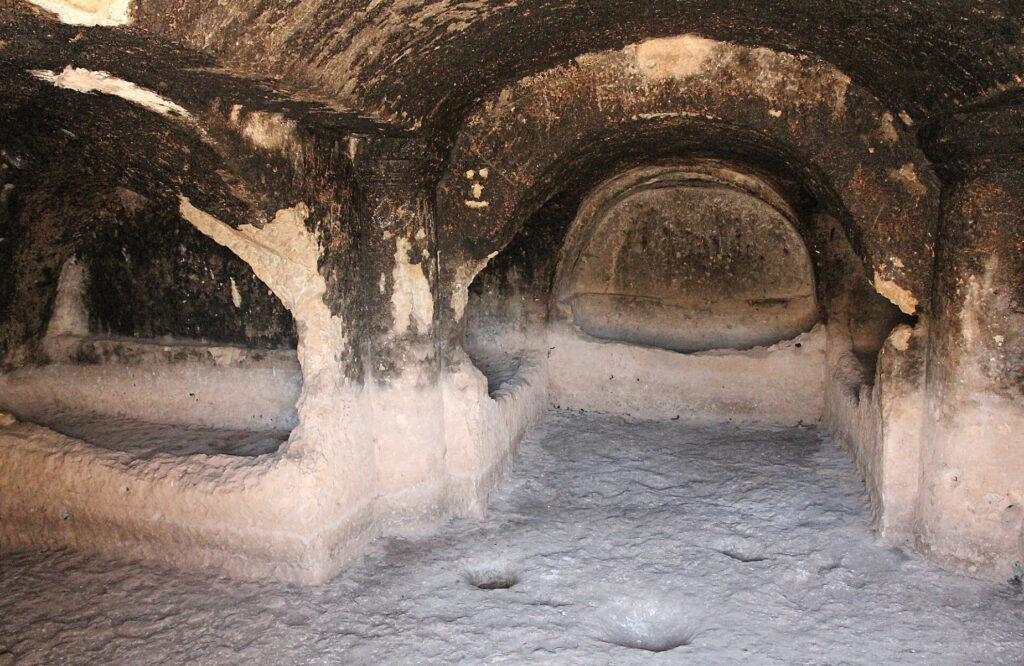
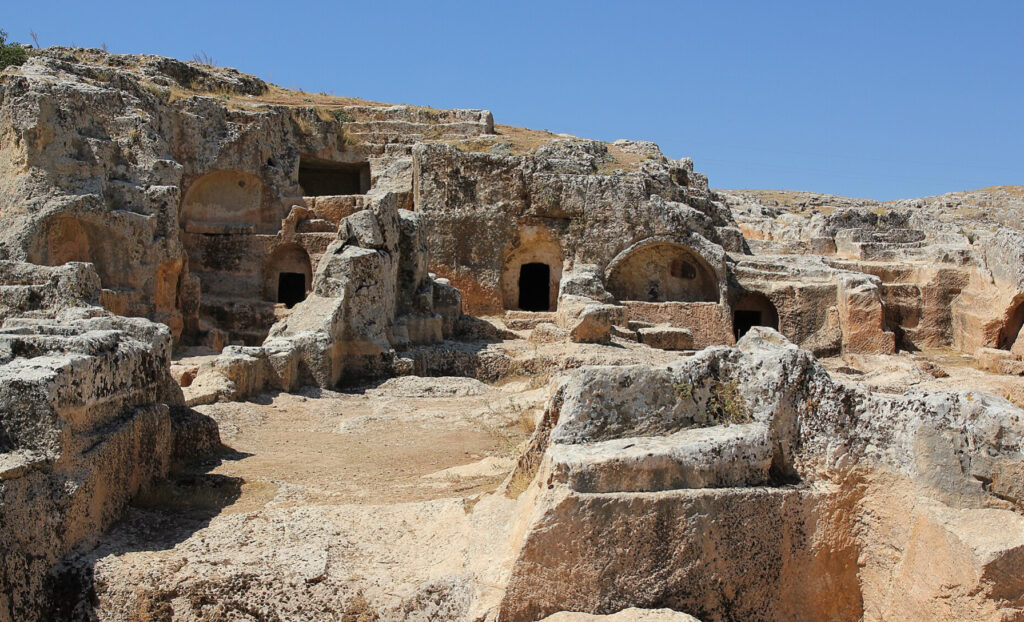
7. Water Systems
• Remains of aqueducts and cisterns used to supply the city with fresh water during the Roman and Byzantine periods.
• Evidence of advanced engineering techniques adapted to the region’s topography.
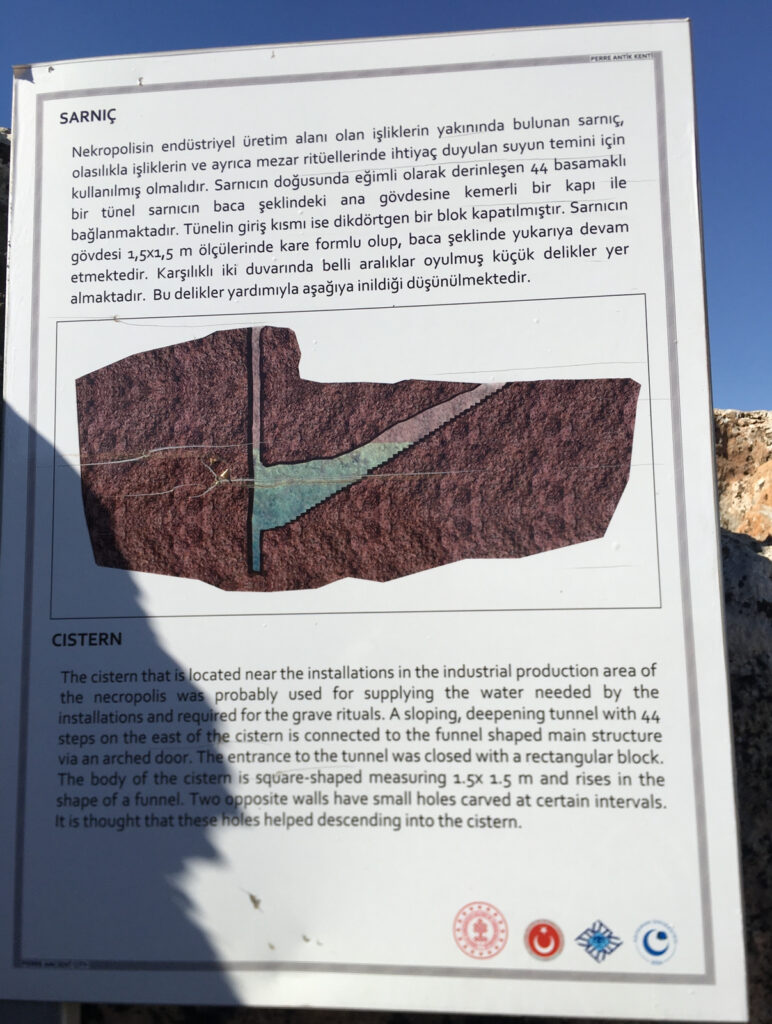
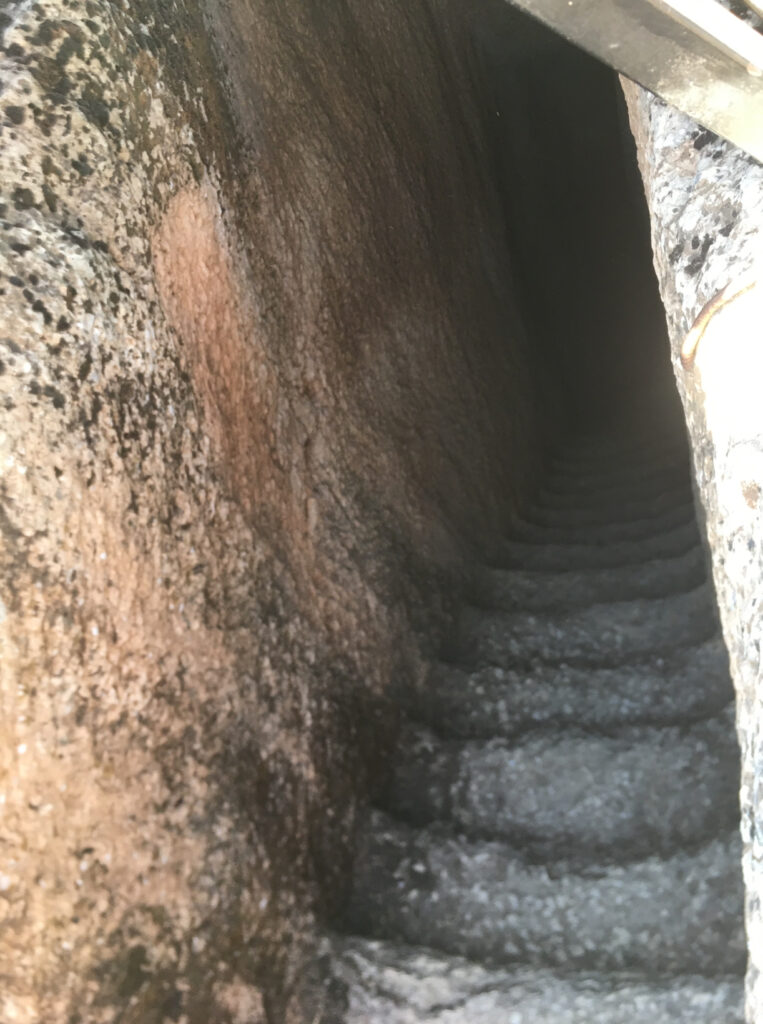
8. Early Christian Iconography
• Religious carvings and engravings depicting saints, biblical scenes, and early Christian symbols.
These discoveries shed light on the cultural, religious, and economic life of Pyrgion (Pirin) over centuries. The artifacts recovered from the site are now housed in regional museums, contributing to the understanding of southeastern Turkey’s rich historical tapestry.
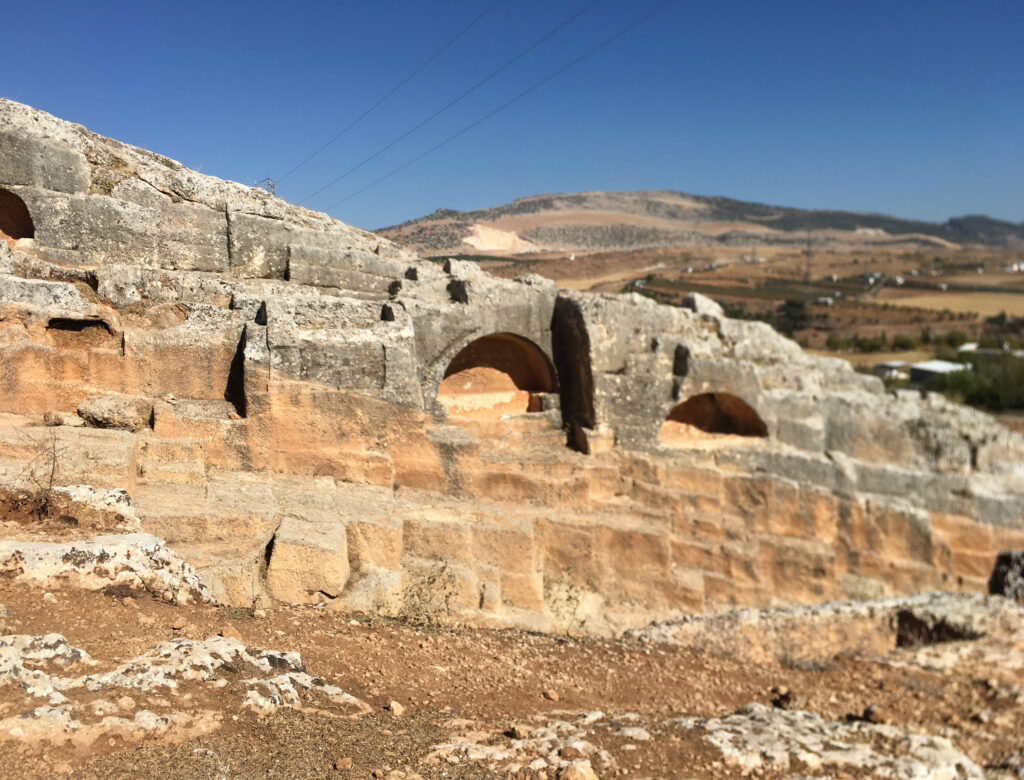
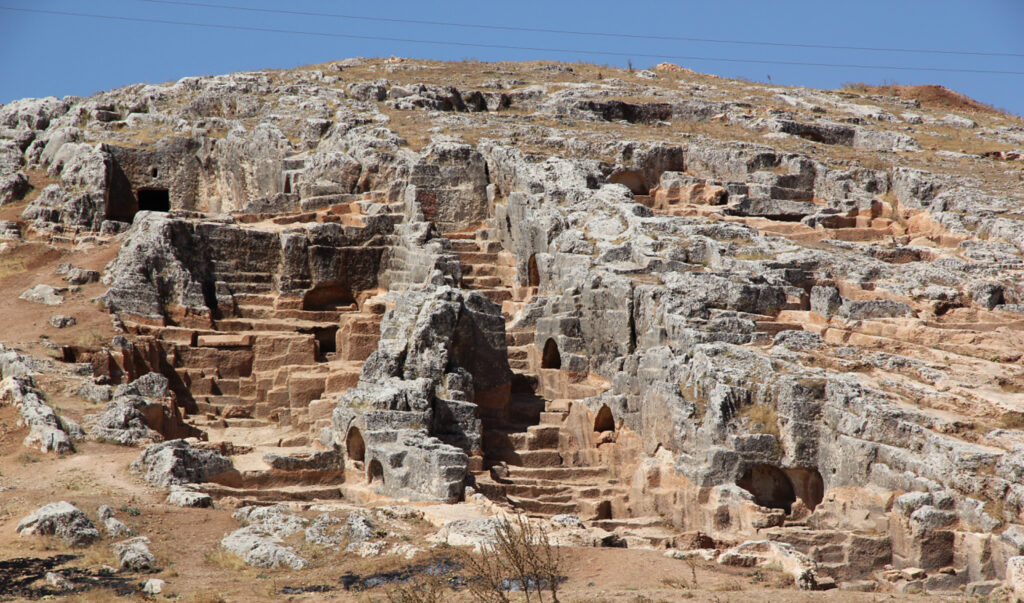
The elaborately carved rock-cut burial sites found in places like the Pirin Ruins reflect a combination of cultural, religious, and practical reasons. These tombs were more than just burial places; they symbolized status, beliefs, and the region’s architectural ingenuity.
1. Religious Beliefs
• Afterlife Importance: Many ancient civilizations, including the Romans and Byzantines, believed in an afterlife. Elaborate tombs were seen as homes for the deceased in their eternal journey.
• Connection to the Divine: Carving into rock symbolized permanence and closeness to the earth and heavens. This was especially important in Christian and earlier pagan beliefs, where the resting place was sacred.
2. Cultural Status and Prestige
• Display of Wealth and Power: Elaborate tombs showcased the social and economic status of the deceased and their family. Nobles, military leaders, and clergy often had grand burial sites carved into rocks to highlight their importance.
• Personal Legacy: The inscriptions and artistic details served as lasting tributes, ensuring the deceased’s memory endured for generations.
3. Practical Reasons
• Durability: Rock-cut tombs were more resilient than structures built on the surface. They were less prone to weathering, erosion, and damage from invasions or natural disasters.
• Availability of Material: In regions with abundant rocky terrain, carving into the stone was a practical and efficient method of construction, reducing the need for additional building materials.
• Climatic Benefits: Rock tombs provided natural insulation, protecting the remains and grave goods from extreme temperatures and decay.
4. Influence of Regional Traditions
• Hellenistic and Roman Influence: The tradition of carving rock tombs spread through the region due to Hellenistic and Roman practices. Cities like Petra (in Jordan) and Myra (in Turkey) had already set a precedent for such grand tombs, which likely influenced Pyrgion.
• Local Adaptation: In the rugged landscapes of southeastern Turkey, rock-cut tombs were a practical adaptation to the environment while still aligning with broader cultural trends.
5. Symbolism of Permanence
• Eternal Rest: Rock carving represented eternal stability and protection for the deceased. Unlike surface structures, these tombs were seen as immovable and impervious to time.
• Sacred Nature of Stone: Stone was often regarded as a divine or sacred material, linking the dead to the spiritual realm.
6. Decorative Opportunities
• Artistic Expression: The surfaces of rock faces provided opportunities for detailed carvings, inscriptions, and symbolic artwork, allowing families to honor the deceased with personalized touches.
• Public Display: Elaborate facades ensured the tombs were not just functional but also visible monuments to the community, reinforcing the deceased’s legacy.
Conclusion
The elaborate rock-cut tombs at sites like the Pirin Ruins were driven by a mix of spiritual beliefs, social dynamics, and practical considerations. They remain enduring testaments to the artistry, engineering skill, and cultural values of the ancient societies that created them.
